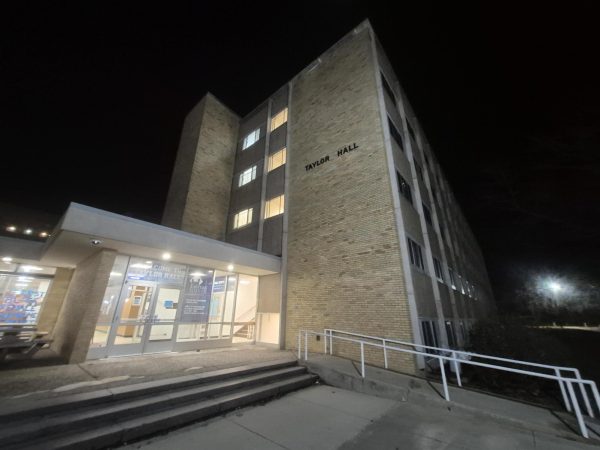Report sees trickle-down effect from enrollment
Eastern has seen a decrease in earned degrees that is directly related to decreasing enrollment.
Blair Lord, the vice president for Academic Affairs, said Eastern will see the effects of declining enrollment reflected in the earned degrees reports for the next few years.
In Fiscal Year 2012, Eastern awarded a total of 2,782 degrees that included bachelor’s degrees, post-bachelor’s degrees, master’s degrees and specialist degrees.
The numbers were less than in FY 2011, when 2,907 degrees were earned by Eastern students.
“We’re starting to see how our entering classes have been somewhat smaller for a period of time,” he said. “In one way I take that as evidence that we’ve graduated some of the bigger classes that we had a number of years ago.”
Although the numbers decreased, Lord said the figures did not come as a surprise to him because of the decline Eastern has seen in enrollment.
According to the Earned Degrees Report, the majors with the largest number of bachelor’s degree recipients included general studies, elementary education, kinesiology and sports studies, communication studies, and family and consumer sciences.
Lord said the general studies program is housed in the School of Continuing Education and serves as a degree completion program.
“The program is dedicated almost completely to nontraditional students,” he said. “Students in that program are almost entirely people who have been away from higher education or never started higher education when they left high school.”
General studies was the highest on the list of bachelor’s degree recipients with 236 degrees earned in FY 2012.
Lord said many of these students take classes on weekends and online.
“This segment of our market and for higher education in general is the one that is growing the most right now,” he said. “I expect we’ll continue to see some growth in this area because it’s an area where there’s opportunities for growth.”
Lord said public policy is encouraging more people to get a higher education degree.
“It’s likely to be our biggest growth area,” he said.
Graduation rates must be calculated over several years, but Lord said Eastern has seen a fairly consistent six-year graduation rate of around 60 percent.
“For a regional comprehensive institution, our graduation rate is very high,” Lord said. “We’re 10 to 12 percentage points higher than typical regional comprehensive institutions.”
Graduation rates are not instantly assessable, but Lord said Eastern will be able to see the residual effects of enrollment decreases in the next few years.
“We’ve started to see some of the decreases, but they’ll be modest changes if they follow the pattern of enrollment change,” he said. “The biggest changes (in degree recipients) happen when the really big classes graduate.”
Robyn Dexter can be reached at 581-2812 or redexter@eiu.edu.

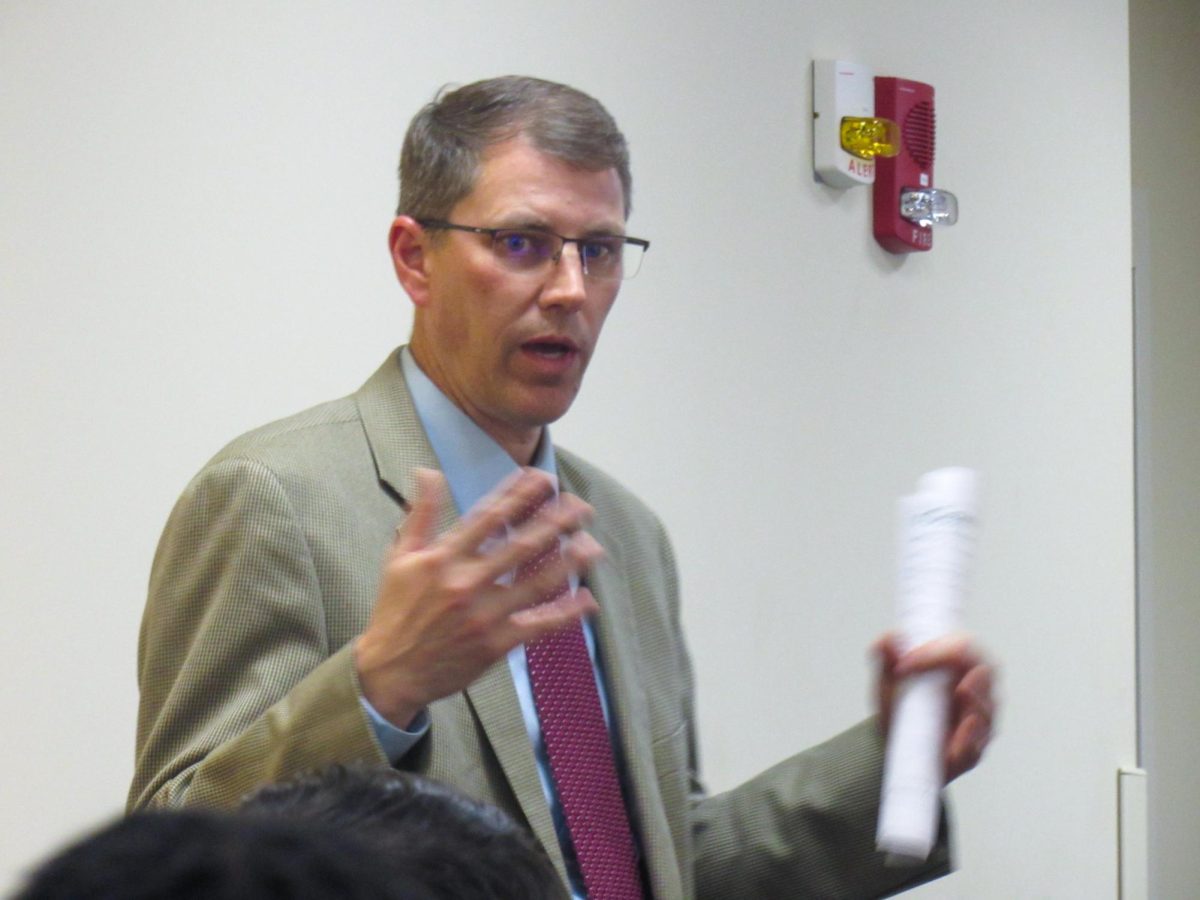
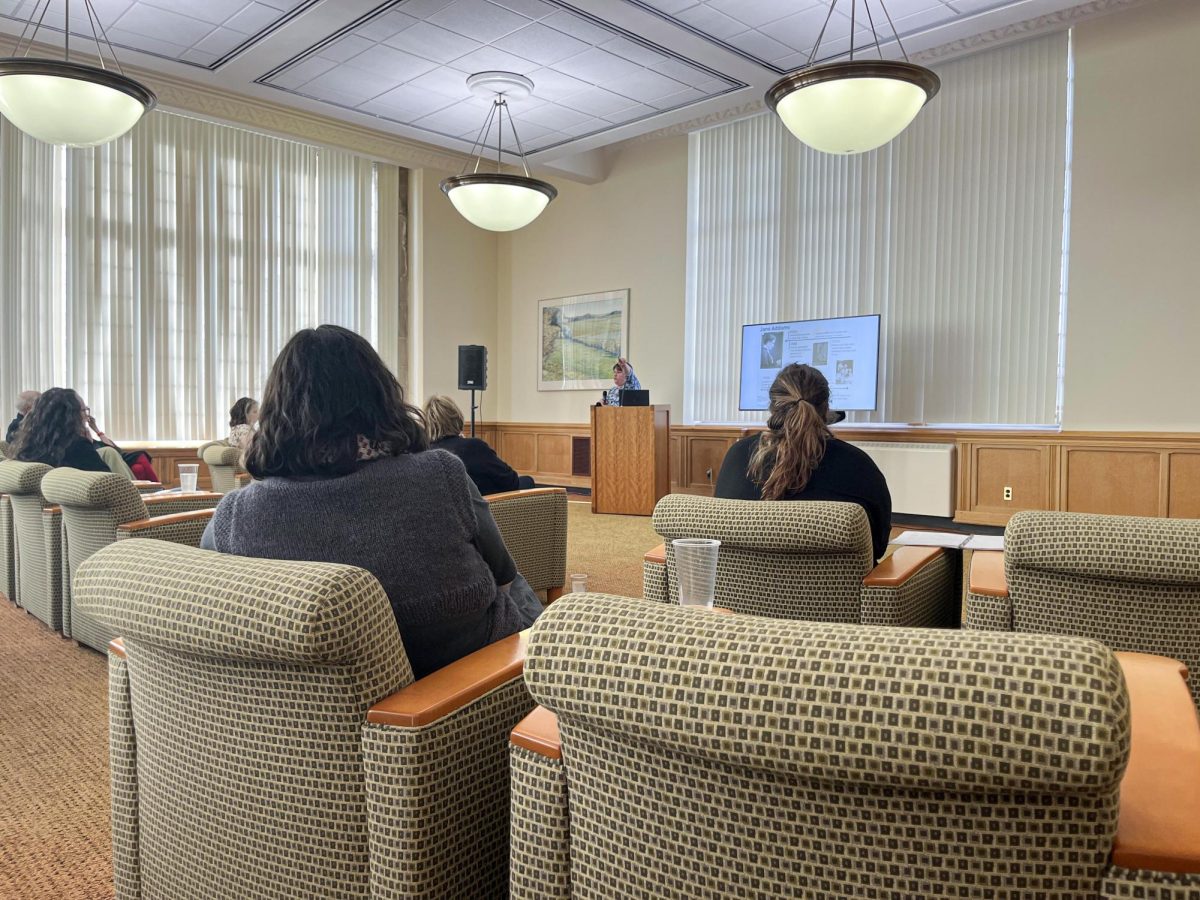


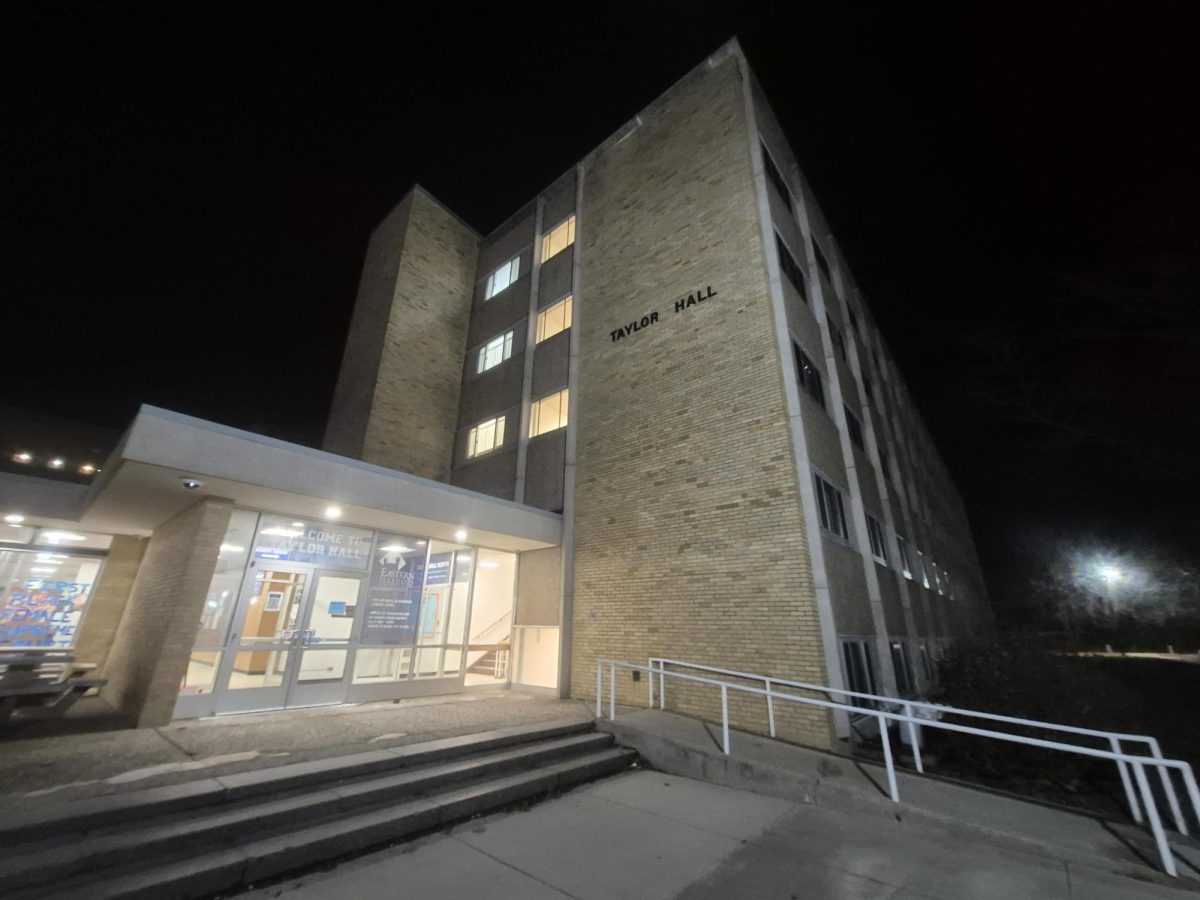

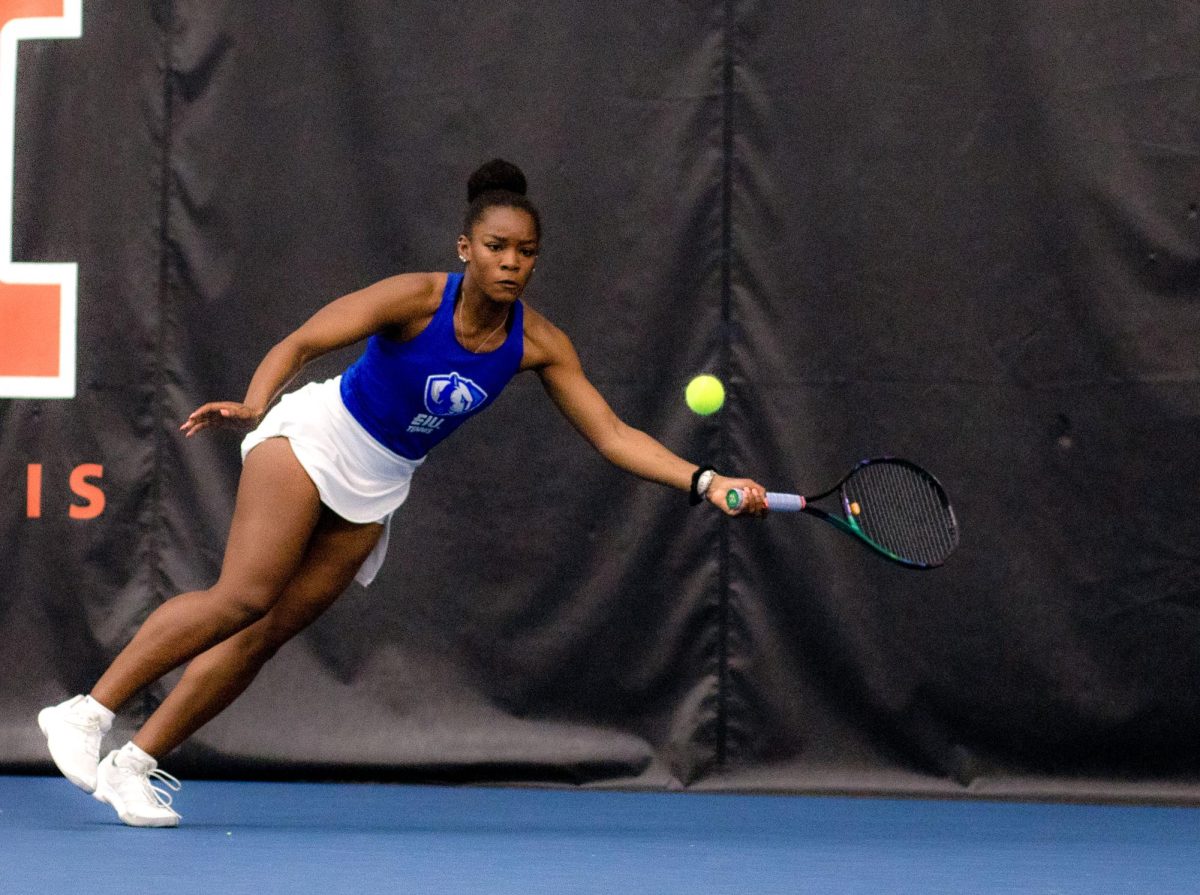

![[Thumbnail Edition] Eastern Illinois University baseball's hitting coach and recruiting coordinator Mike Pugliese urges players on the team to increase their effort after a slow start to its pregame routine at the team's first intrasquad scrimmage of the season at O'Brien Field on Jan. 31, 2025.](https://www.dailyeasternnews.com/wp-content/uploads/2025/03/BB_02_O-1-e1741909628540-1200x702.jpg)
![[Thumbnail Edition] Senior tennis player Luisa Renovales Salazar hits the tennis ball with her racket at the Darling Courts at the Eastern Illinois University campus in Charleston, ILL.](https://www.dailyeasternnews.com/wp-content/uploads/2025/03/Tennis_01_O-1-e1741807434552-1200x670.jpg)
![[Thumbnail Edition] Senior right-handed pitcher Tyler Conklin pitching in the Eastern Illinois University baseball team's intrasquad scrimmage at O'Brien Field in Charleston, Illinois on Jan. 31.](https://www.dailyeasternnews.com/wp-content/uploads/2025/03/TC_01_O-e1741567955534-1200x669.jpg)




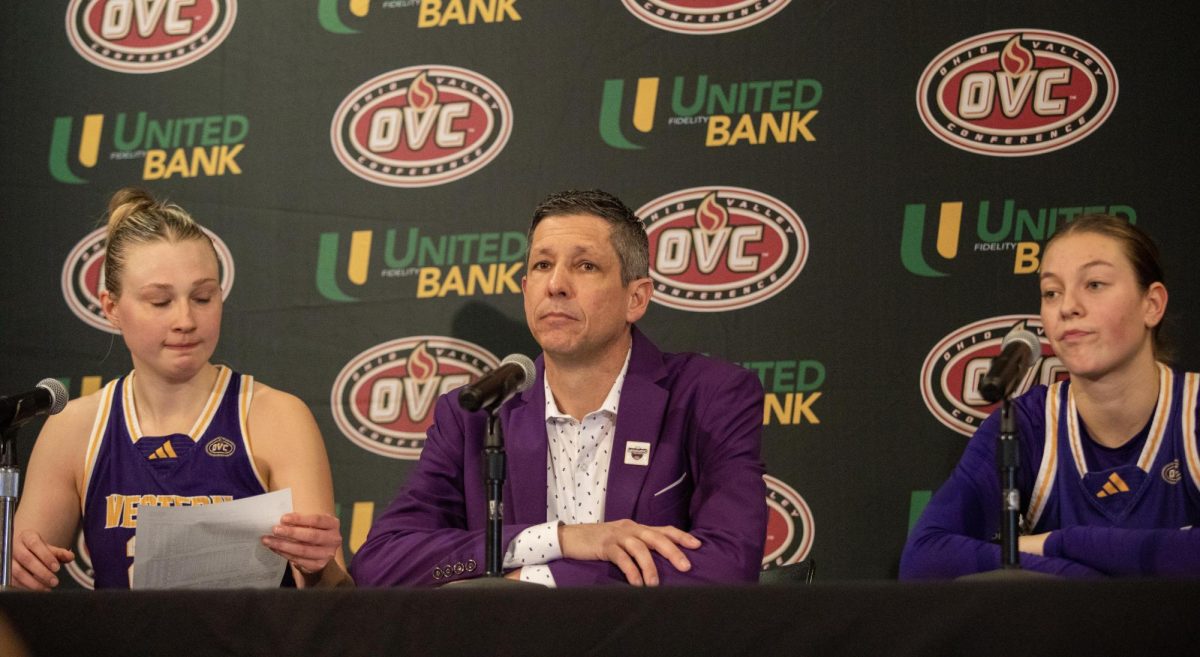
![[Thumbnail Edition] Senior, forward Macy McGlone finds an open teammate to pass the ball too during the game against the Tennessee State Tigers 69-49, in Groniger Arena on the Eastern Illinois University campus, Charleston Ill.](https://www.dailyeasternnews.com/wp-content/uploads/2025/03/WBB_02_O-1-e1741228987440-1200x692.jpg)


















![E[Thumbnail Edition] Eastern Illinois softball freshman utility player Abbi Hatton deciding to throw the softball to home plate in a fielding drill during softball practice at the field house in Groniger arena on Tuesday Feb. 11.](https://www.dailyeasternnews.com/wp-content/uploads/2025/03/SB_03_O-e1741208880750-1-e1741209739187-1200x815.jpg)















![The Weeklings lead guitarist John Merjave [Left] and guitarist Bob Burger [Right] perform "I Am the Walrus" at The Weeklings Beatles Bash concert in the Dvorak Concert Hall on Saturday.](https://www.dailyeasternnews.com/wp-content/uploads/2025/03/WL_01_O-1200x900.jpg)
![The team listens as its captain Patience Cox [Number 25] lectures to them about what's appropriate to talk about through practice during "The Wolves" on Thursday, March 6, in the Black Box Theatre in the Doudna Fine Arts Center in Charleston, Ill.](https://www.dailyeasternnews.com/wp-content/uploads/2025/03/WolvesPre-12-1200x800.jpg)





















